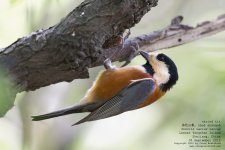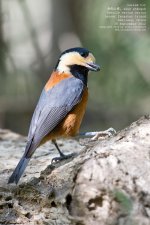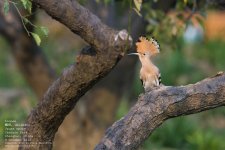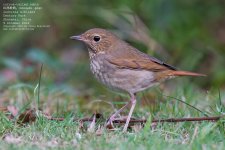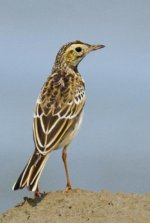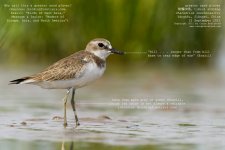thrush
Craig Brelsford (大山雀)
Also note Craig, that in addition to the four Varied Tits we documented on Lesser Yangshan Island (and which Dev registered in our names with the Zhejiang Natural History Museum, which has classified the birds, from their condition, as a 'Natural Occurrence') and that you have also now seen, we also photographed one in Nan Hui and another has been documented last month in Hong Kong.
Hmm . . . very interesting, Frogfish. Very interesting indeed. I was unaware of the record from Nanhui. That's an important record. I'm not sure about the relationship of the bird from Hong Kong and the mystery of the Lesser Yangshan varied tits.
So what do you think, Frogfish? Where do you think the varieds on Lesser Yangshan came from?





